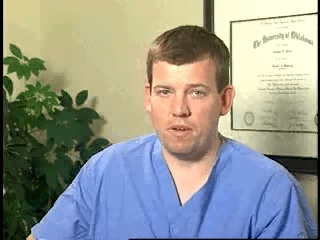Health Risks of Obesity
The rate of obesity has doubled in America in the past two decades. Obesity places an individual at significant risk for developing multiple different medical conditions, including diabetes, heart disease, high blood pressure, and obstructive sleep apnea. Adulthood obesity is associated with a decrease in life expectancy of about seven years in both men and women and after smoking, it is the second-leading preventable cause of death. For example, a 20-year old morbidly obese male has a life expectancy 13 years shorter than a 20-year old normal weight male. Excess weight affects every system of the body. Successful weight loss surgery can help alleviate and in some cases even cure certain obesity-related health problems.





